Want to transform your flying experience from cattle class to Wagyu? There's business class but – ouch – at a cost at least three times higher than flying economy, like most flyers I'll put up with the pain of a squishy seat and ghastly food. Premium economy is billed as the happy medium, a more comfortable alternative to economy without the prestige extras that jack up the price of a business seat.
Most of the full-service carriers flying into Australia offer premium economy and it's becoming a must-have in the airline industry. American Airlines will be the first US carrier to offer premium economy on international flights when it takes delivery of its Boeing 787-9 Dreamliners late in 2016, with the class to be phased in on other aircraft in the AA fleet.
See also: Best airlines in all classes named
Explainer: how to get the best seat on a plane
Ever spent 15 hours stuck in the middle seat in economy class? Then this guide's for you.
Singapore Airlines was one of the latest to join the premium economy club. According to a spokesperson for the airline, "We studied a premium economy offering several times over the years. Following the most recent review, it was determined that the time was right for Singapore Airlines to introduce premium economy as a new cabin class in 2015. Through surveys and feedback, we know there is a positive demand for PEY from customers travelling for business as well as leisure travellers who do not wish to spend on premium classes, but want to experience more in terms of in-flight offerings."
So what is premium economy all about, and is it worth the extra dosh?
What you get
More legroom. Most premium economy seats offer a pitch of 96.5cm, which is about 15.2cm more than what economy-class passengers get on the same flight. That's enough for even a tall flyer to stretch out in comfort, and not experience knee crunch when the passenger in front reclines. You'll also get a wider seat. Premium economy seats are 48.3-49.5cm wide, which is at least 3.8cm better than a long-haul economy class seat. Although that's less than length of your little finger the difference in comfort is surprising. Premium economy seats also offer footrests and seat recline of about 20cm, giving a slightly flatter lie-down than the best economy seats.
A separate cabin. Small children and infants are rare in premium economy.
Dedicated check-in counter.
A bigger inflight entertainment screen and in some cases – Qantas, ANA All Nippon, Singapore Airlines, British Airways, Air France/KLM – noise cancelling headphones.
At least one USB port and often, a universal power socket.
A larger tray table that you can actually use as a workstation. This is a big plus for any flyer looking to hammer away at a laptop. While I've never been able to work on a long-haul economy flight, flying premium economy made it pleasant.
Better food, and more diligent service. A linen table napkin and silverware for starters, and every airline adds its own individual touches. A menu that a top-name chef is not afraid to put his name to (Neil Perry, Qantas). You might get to choose your main lunch or dinner course from the business class menu that the nobs are enjoying (British Airways). You might also get served an entrée that precedes the main course followed by dessert, a la business class (Air New Zealand). Singapore Airlines has a "Book the Cook" service that allows you to pre-select a meal from a wide choice. Anyone for Seafood Thermidor Saffron Rice at 30,000 feet, or go the Beef Carbonade?
See also: Flying to Europe and back in every airline class
How it compares with business
No lie-flat seat in premium economy.
No limo transfers. Some airlines – be upstanding Emirates and Etihad – offer business class passengers a limo transfer between airport and hotel or home at both ends if your destination lies within 50km to the airport. That won't happen when you fly premium economy.
No dedicated toilet in the premium economy cabin. This is one of the biggest causes of angst among premium economy passengers, although there are a couple of exceptions such as aboard Qantas' A380s and Cathay Pacific's Boeing 777s.
No access to the perks and privileges of the business class lounge, except for Lufthansa which will unfurl the welcome carpet to premium economy passengers for a small fee while Japan's ANA offers lounge access free of charge.
Premium economy passengers will sometimes get priority boarding, after business class and before the economy stampede, but that's not a given.
On a wide-bodied aircraft cabin configuration in premium economy is usually 2-3-2, but it might be 2-4-2. In a business class cabin aboard the same aircraft type it would be unusual to have any more than two seats in the centre.
See also: Best and worst plane seats rated
What you pay
As a rough rule of thumb, a seat in premium economy costs at least twice the price of an economy class seat but there are times when it can be had for a fairly modest increase.
Sample of return airfares obtained from the airlines' websites, with dates selected at random:
Cathay Pacific Melbourne-Hong Kong, July
Economy $1201Premium Economy $2631Business $6241
QantasSydney-Paris, September
Economy $1908Premium Economy $5583Business $6481
Air NZMelbourne-Los Angeles, August
Economy $937Premium Economy $2847Business $4653
Singapore AirlinesSydney-Milan, October
Economy $1735Premium Economy $2492Business $7393
What leaps out is Singapore Airlines' premium economy return fare flying Sydney to Milan in October. At less than half again the price of an economy seat, that's a steal.
See also: 'Last class': Airlines introduce new flight class
Best Airlines for Premium Economy
According to the 2015 Skytrax World Airline Awards, billed as the Oscars of air travel:
1. Air New Zealand
2. Qantas
3. Lufthansa
4. Turkish Airlines
5. Cathay Pacific
6. British Airways
7. Japan Airlines
8. Virgin Australia
9. ANA All Nippon Airways
10. Air France
See also: World's worst airlines named in Skytrax rankingsSee also: Is it worth it? Airlines' premium economy class compared

















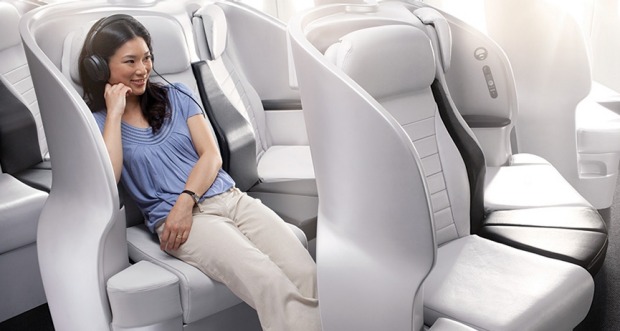
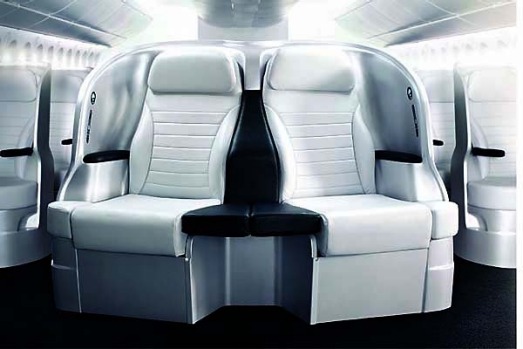
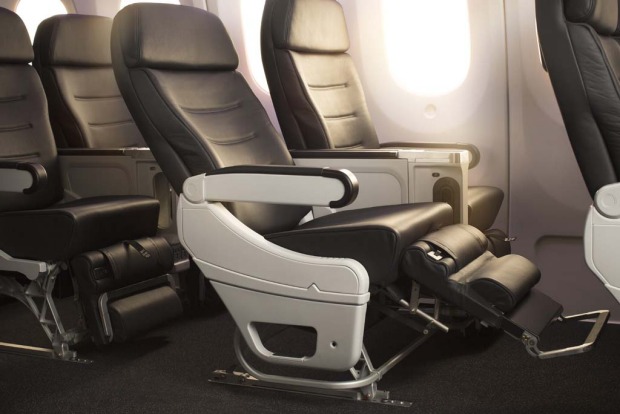

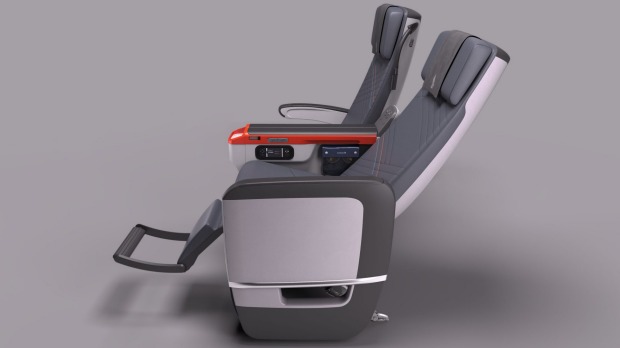
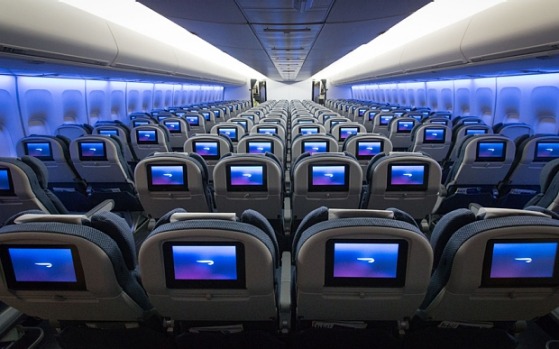
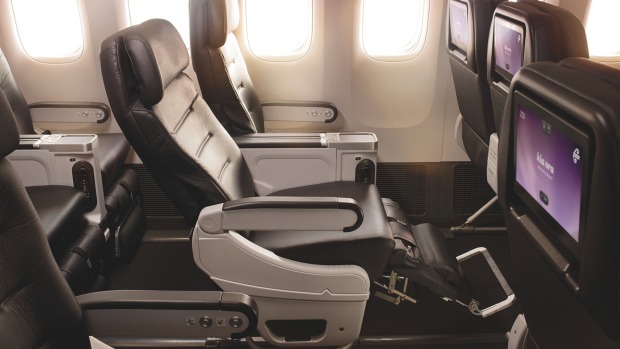
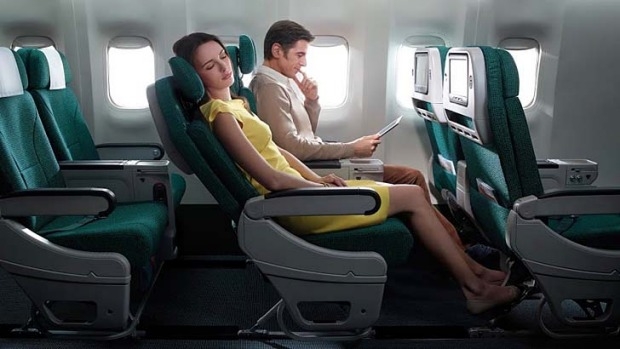





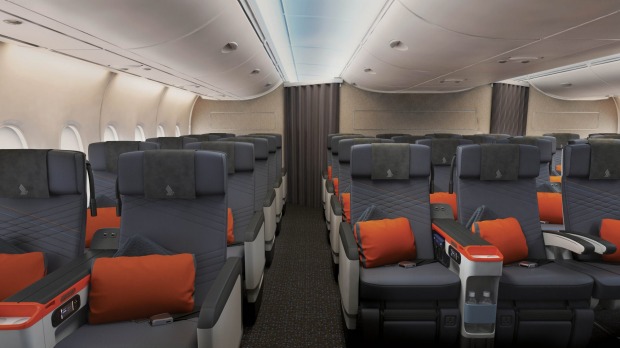
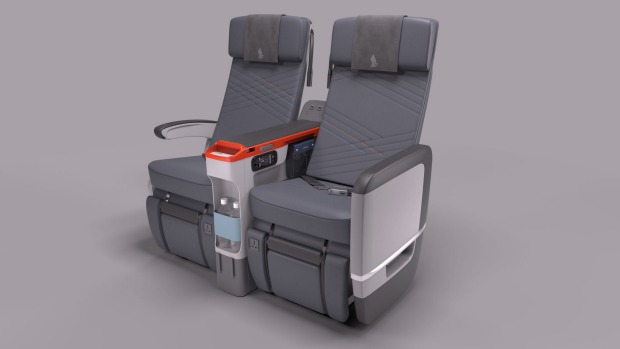

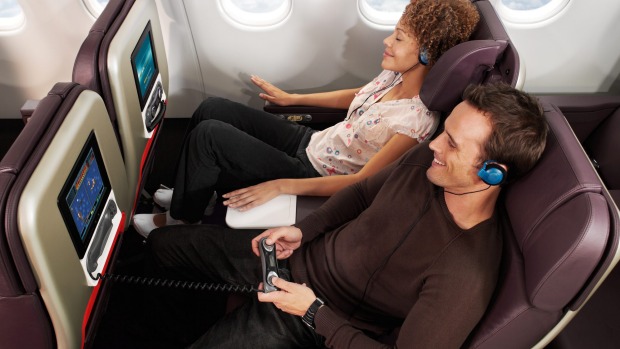

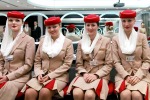





































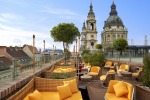
Comments